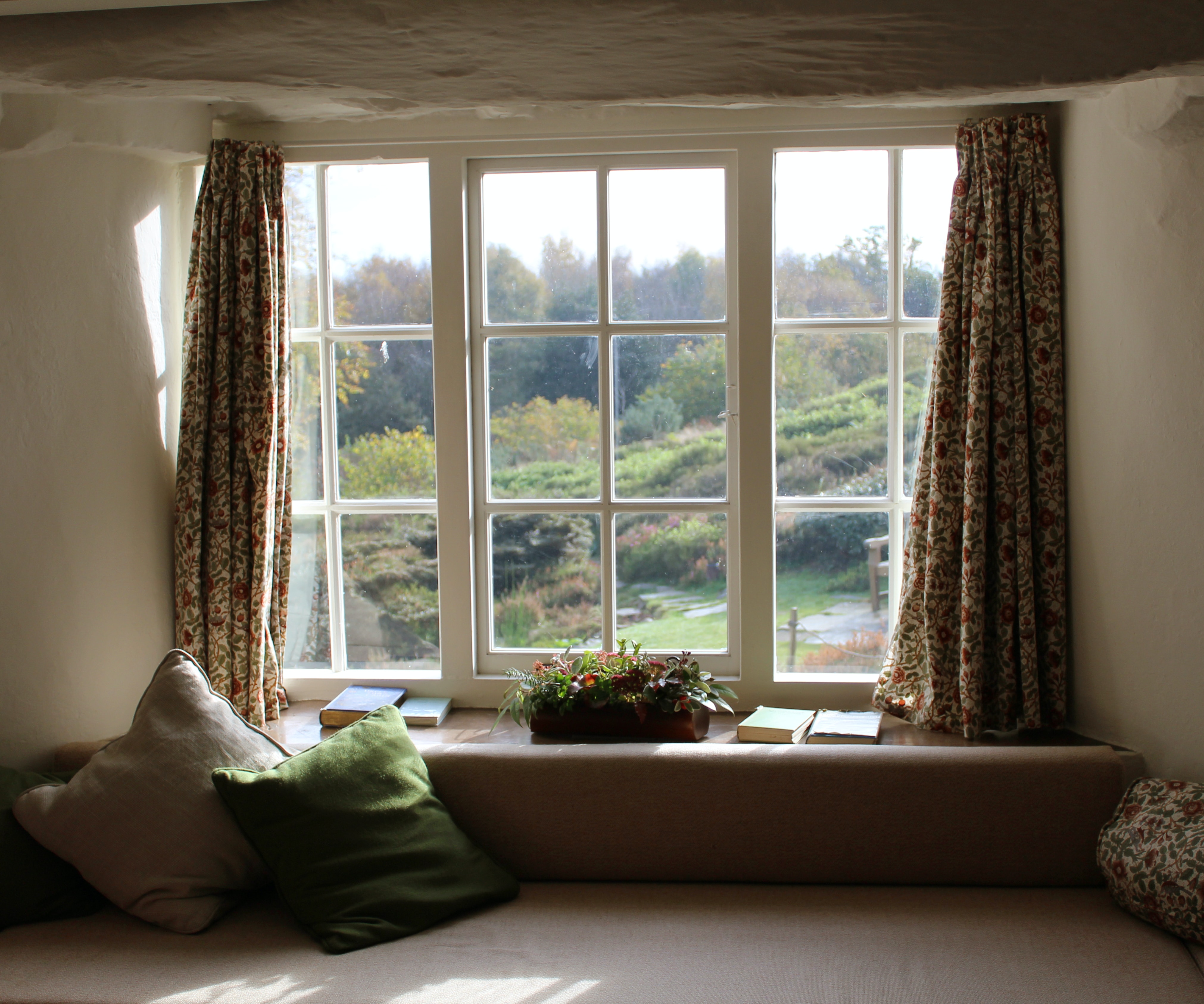
During the winter months, it's crucial to ensure that your house stays warm not just for your health and well-being but also for potential cost savings.
A draughty house allows heat to escape, leading to increased energy bills. With the rising cost of living, focusing on improving the energy efficiency of your property becomes even more vital.
In this guide, we will discuss 5 ways that you can safely draught proof your home, so that you can keep the heat in and your monthly energy payments down. First, let's understand what causes draughts.
What causes draughts?
Draughts result from unwanted gaps in your property's construction. It's essential to seal any gaps while being mindful not to block areas that require ventilation.
Areas where there are open fires or rooms with a lot of moisture, i.e. the bathroom or kitchen, need to have suitable ventilation. Often, you will have vents or extractor fans to ventilate these areas.
1. Doors
Draughts can enter through gaps around door edges, the letterbox, and even the keyhole.
Luckily, there are many cheap and effective solutions to reducing draughts around your door.
For gaps around the edges of the door, you can fit weatherproof strips. These can be made from rubber, foam or brush strips.
If you have draughts coming from underneath your door, you can fit a brush excluder to the bottom of the door. These are usually relatively cheap and work whenever you close the door.
You can also use fabric draught excluders. These can be bought at most home stores and can come in a variety of shapes, sizes and colours to suit your interior. You can even DIY a fabric draught excluder by filling fabric with old clothes, rice or sand.
To keep draughts from getting in through your letterbox, you can install a brush to the inside of the letterbox. You could also put a second flap on the inside of the door if your letterbox doesn’t already have this feature.
Keyholes are only a small gap, but they can cause a surprising amount of draught. To prevent this, install a keyhole cover.
2. Windows
Various window types offer different levels of draught exclusion and insulation. The quality of your window will impact the insulation. Investing in good quality double-glazing can have a huge impact on the energy efficiency and draught resistance of your house.
However, this is a costly home renovation. Plus, if you live in a rented home, you won’t be able to make such serious improvements to the property. Luckily, there are many cheap, renter-friendly alternatives.
Firstly, you could look into installing draught-proofing strips around the window frame. These can come as foam strips, which are cheap and easy to fit. Or, you can use metal or plastic ones with brushes, these can be more expensive than foam, but may last much longer.
An easy and relatively cheap draught-exclusion measure is using heavy curtains. You can buy thermal curtains that will help insulate your home and reduce draughts. If you want to keep your current curtains, you can fit a thermal lining below them.
3. Skirting boards and floorboards
Any gaps or cracks in the skirting boards around your house could be causing unwanted draughts. You can fill these with decorator’s caulk or silicone.
Similarly, floorboards can have gaps in them that can cause draughts. You can also fill these with caulk, silicone or mastic-type products.
However, remember that floorboards and skirting boards can shift. When you walk on them every day, slight movements occur. This means that whatever filler you use needs to be able to tolerate movement. Because of this, you may need to reapply the filler every so often.
An effective, but more invasive way of draught-proofing your floor is by installing insulation underneath the floorboards. However, this can be costly and you may need to hire a professional to do this.
4. Chimneys
If your chimney isn’t in use there are some ways you can prevent pointless draughts.
Sealing a chimney is usually a job for a professional. They should be able to seal the chimney by fitting a cap over the top of the chimney pot and closing it on the inside.
Alternatively, you can get a draught excluder that you can fit inside the chimney or around the fireplace. This should prevent draughts from coming down and warm air from going up. These options are usually relatively cheap, at around £20.
Remember, if you are using an excluder like this, you need to remove it if you decide to light a fire.
5. Loft hatches
Hot air from inside your home will rise and could end up in your loft space if the hatch has gaps.
If you are installing a new loft hatch, you should opt for one with an insulation drop down door and catch points around the side of the frame to stop any draughts.
If you want to upgrade your existing hatch, you can use strip insulation, similar to a door, to prevent draughts coming down from your loft and keep warm air from rising up. This is a cheaper option than replacing the loft hatch.
Summary
Preventing draughts in your home can help you save money on heating, as draughts let cold air in and warm air out.
There are many DIY solutions to reducing draughts in your home, including fitting strip insulation and brush strips to your doors and windows. You can also cover gaps with draught excluders and covers.
You may also employ professionals if you want to make any heavier, more permanent changes to your property. This could include sealing off your chimney, getting insulation fitted under your floorboards, and buying new windows.




